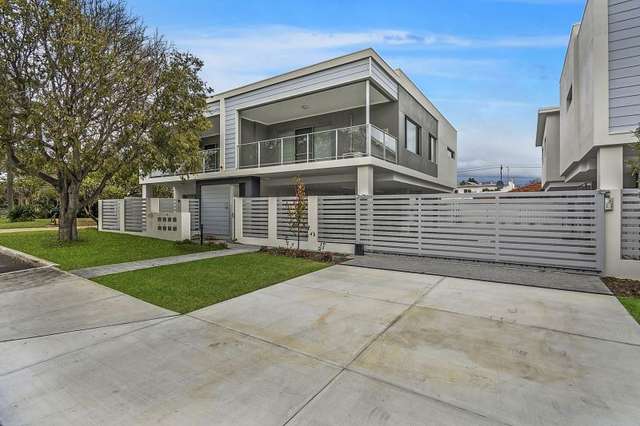Rising interest rates are significantly shaping the future of home buying, creating a landscape marked by both challenges and opportunities for prospective buyers. Over the past few years, the Federal Reserve has raised interest rates in response to inflationary pressures, aiming to stabilize the economy. These increases have directly impacted mortgage rates, which have climbed to levels not seen in over a decade. Consequently, potential homebuyers are facing higher borrowing costs, making homeownership less accessible. For many first-time buyers, the dream of owning a home is becoming increasingly elusive as monthly mortgage payments rise sharply. This reality has led some to reconsider their options, such as delaying purchases or opting for smaller homes in less desirable locations to offset the increased costs. Additionally, rising interest rates are also affecting the broader real estate market. Home prices, which surged during the pandemic due to low rates and heightened demand, are beginning to stabilize or even decline in some areas as buyers become more cautious.

Sellers, recognizing the shifting market dynamics, may have to adjust their pricing strategies to attract buyers who are now more sensitive to affordability. This has created a more competitive environment where sellers might find it challenging to achieve the inflated prices they could have commanded just a year ago. As affordability becomes a pressing concern, many buyers are exploring alternative financing options, such as adjustable-rate mortgages ARMs that may offer lower initial payments but carry risks of future increases. Moreover, the rental market is experiencing its own transformation as potential buyers opt to rent rather than buy. This shift has led to increased demand for rental properties, driving up rental prices in many urban areas. Consequently, renters may find themselves facing affordability challenges, mirroring the difficulties experienced by homebuyers. This dynamic creates a cyclical effect, as high rents can deter potential buyers from saving enough for a down payment, further contributing to the trend of delayed homeownership.
For investors, rising housing loan interest rate Malaysia can present both risks and opportunities. While higher borrowing costs may dampen immediate returns on investment properties, the potential for lower home prices and reduced competition can create avenues for savvy investors to enter the market. Additionally, as rental demand continues to rise, investment in rental properties may yield stable cash flow, even in a fluctuating market. Looking ahead, it is clear that rising interest rates will continue to shape the future of home buying and the real estate market as a whole. Buyers will need to adapt to the changing landscape, reassessing their financial situations, timelines, and expectations. Meanwhile, policymakers must consider how to support both current homeowners and prospective buyers in navigating these challenging conditions. The interplay between interest rates, home prices, and consumer behavior will be critical to watch, as it will influence not only individual aspirations for homeownership but also the overall health of the housing market and economy.

 The huge largest percentage know that Payday loans are not the most ideal choice assuming they have long haul burden troubles, or are battling with surprisingly low shell out. In these extremely financial situations, Payday loans will not be suggested. Favorably, fantastic banks will constantly motivate consumers to think about cautiously regarding their very own economic situation, and to look at regardless of whether like a transient credit is perfect for them. Almost all of consumers are focused, tireless individuals, who realize how Payday loans function, and importance the ability to get to stores swiftly, and afterward reimburse the credit completely in the number of days. Not so far before, most of men and women basically went to their financial institution or developing society for help after they necessary it. This is the type of thing which is developing less. It appears to be that there has been a significant alteration of how banks and constructing social orders are highly regarded nowadays. Indeed they may be as yet applied, and so they keep a requirement of our own typical daily existences, but through recent times, there is no concern how the natural confidence in banks, and the big economic foundations like in substance eliminated.
The huge largest percentage know that Payday loans are not the most ideal choice assuming they have long haul burden troubles, or are battling with surprisingly low shell out. In these extremely financial situations, Payday loans will not be suggested. Favorably, fantastic banks will constantly motivate consumers to think about cautiously regarding their very own economic situation, and to look at regardless of whether like a transient credit is perfect for them. Almost all of consumers are focused, tireless individuals, who realize how Payday loans function, and importance the ability to get to stores swiftly, and afterward reimburse the credit completely in the number of days. Not so far before, most of men and women basically went to their financial institution or developing society for help after they necessary it. This is the type of thing which is developing less. It appears to be that there has been a significant alteration of how banks and constructing social orders are highly regarded nowadays. Indeed they may be as yet applied, and so they keep a requirement of our own typical daily existences, but through recent times, there is no concern how the natural confidence in banks, and the big economic foundations like in substance eliminated.


